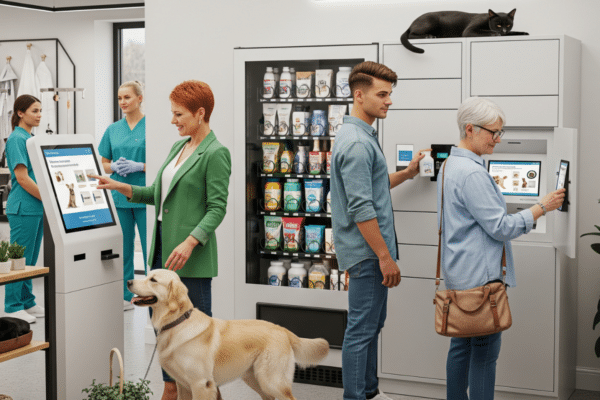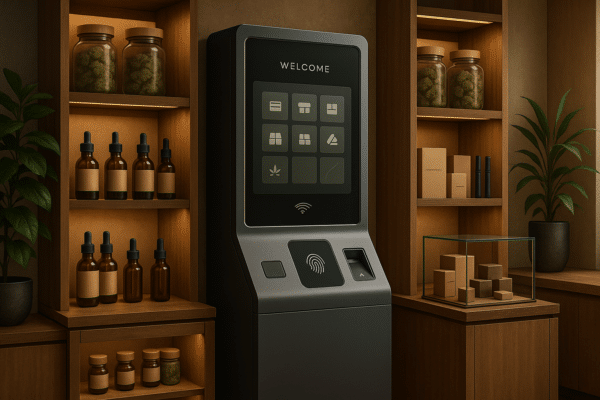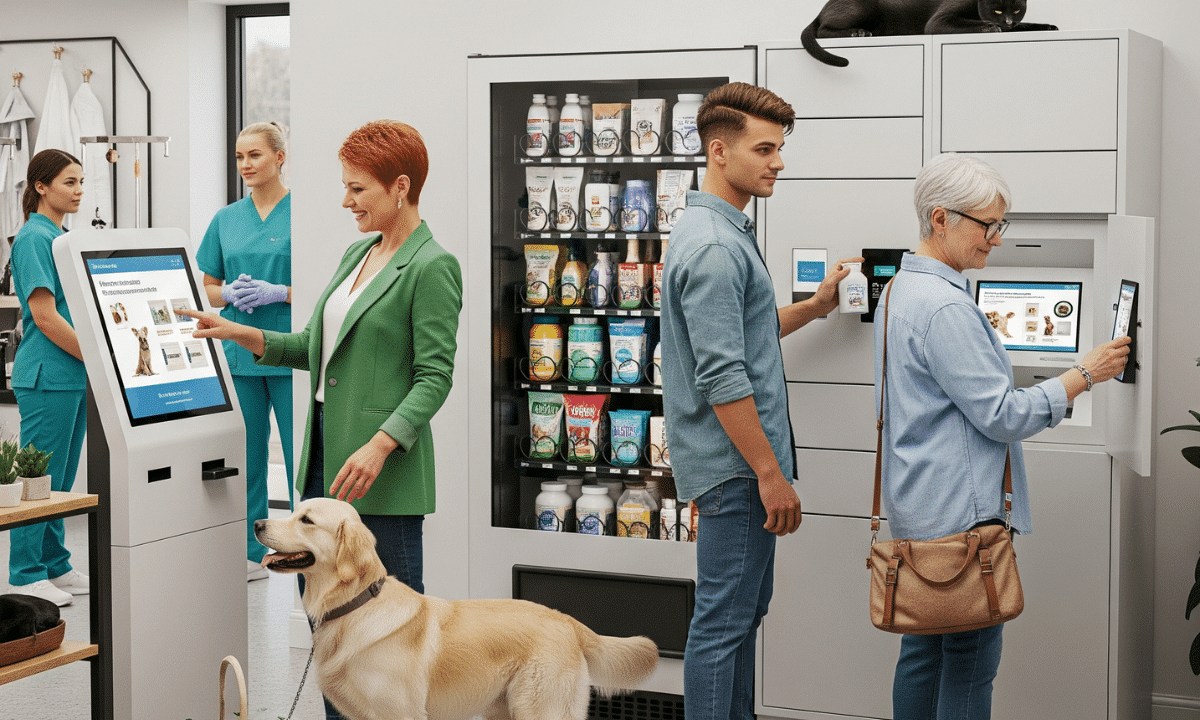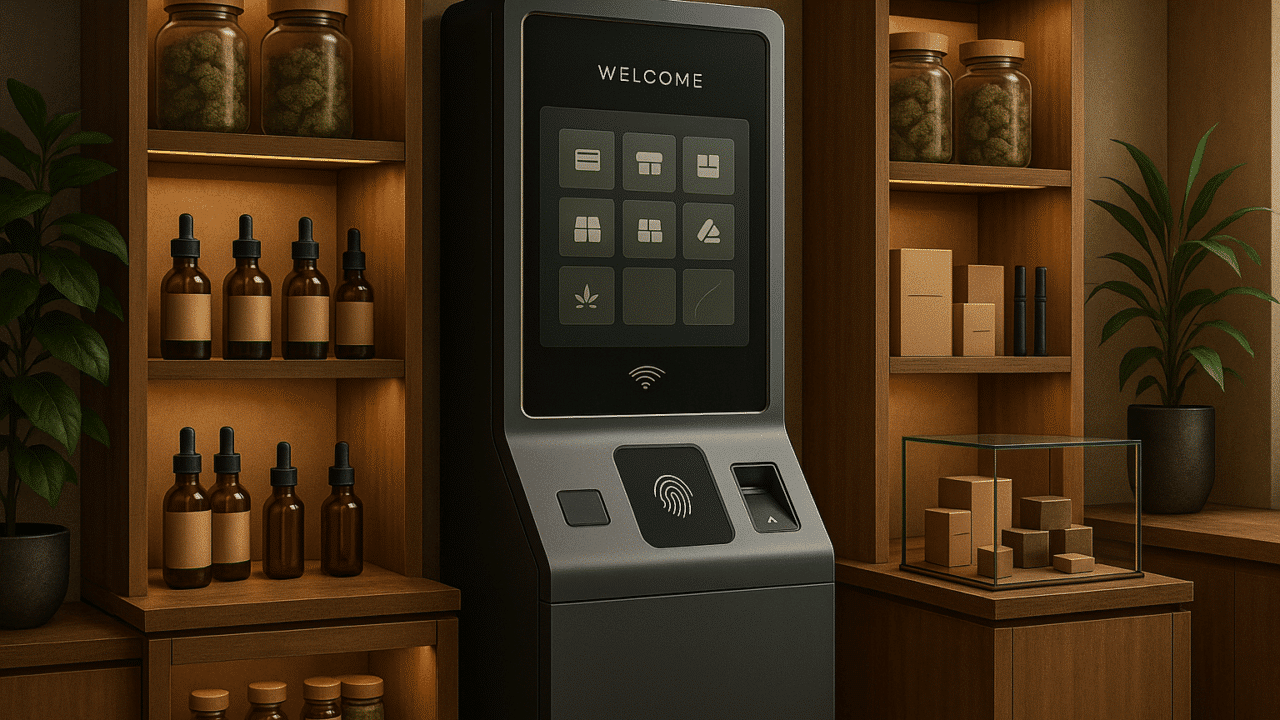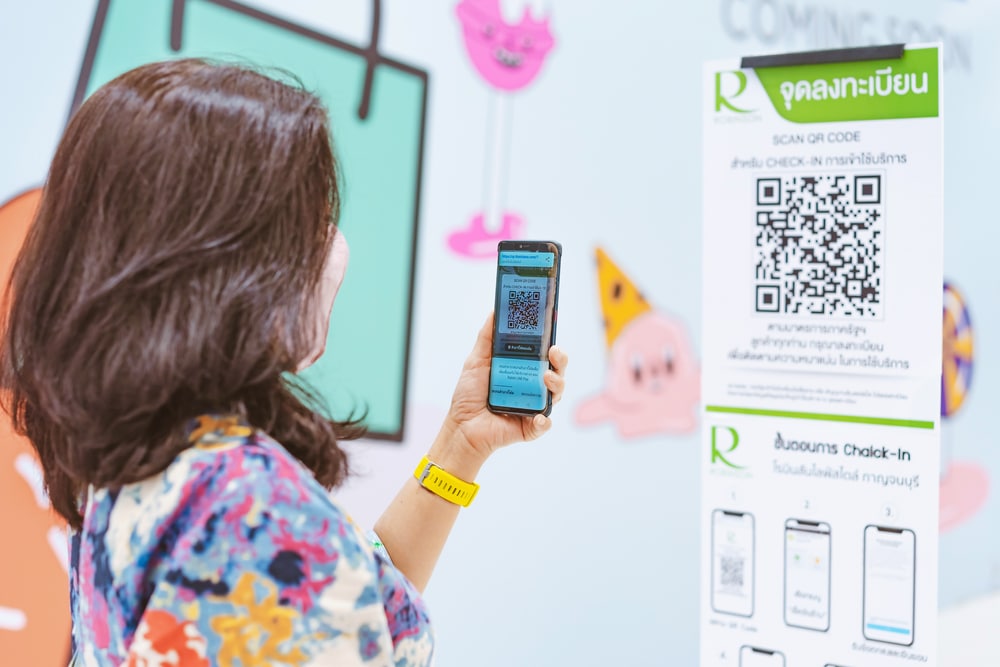
The Comeback of QR Codes and How They can Elevate the Customer Experience
QR codes have been around since 1994, originally developed by a Toyota subsidiary to accurately track vehicles and parts during the manufacturing process. Despite a rise in popularity that peaked in 2011, the QR never really caught on… until the pandemic. Once restaurants and bars opened, QR-enabled menus were seemingly everywhere. Brands and retailers also harnessed the power of QR codes as a marketing tool. In fact, data from Shopify shows the use of QR codes increased from 35% in September 2020 to 83% in April 2021. Even more significantly, the number of US smartphone users scanning a QR code will increase from 84.3 million in 2022 to 99.5 million in 2025, according to a study by eMarketer.
From Super Bowl TV spots to newspapers and magazines, QR codes are now part of the mainstream. With every mobile device able to scan QR codes, consumers can instantly access information about a product, service, or campaign, just by taking out their phone and scanning a picture. Here’s just a few ways that brands and retailers are incorporating QR codes to deliver the best customer experiences.
Product information
For large purchases, such as a car or house, or complex purchases, such as high-end exercise bikes or smart-home appliances, consumers want to know everything before they buy. Manufacturers and brands make it easy for consumers to learn more about with QR codes that link to product pages or knowledge base articles.
Product returns and exchange services
Amazon, for example, offers a contactless return service using QR codes. If you want to return an Amazon product, all you need to do is travel to a drop-off location—including UPS, Kohl’s or an Amazon Hub Counter— and scan your QR code. You don’t need to have your items boxed or labeled with this method. Instead, the drop-off location will pack, label and ship your return for free.
Transaction services
QR codes can be used for cashless payments. PayPal, Venmo, and Square are among the payment systems that retailers can use to allow customers to buy products just by scanning a code on their phone to make a mobile payment—eliminating the need to carry credit cards or cash.
Product manuals
Rather than provide the customer with printed product manual, savvy brands and manufacturers provide a QR code to that links to online product manuals, which can also include color images, how-to and troubleshooting videos, and other elements that they couldn’t include with printed paper instructions.
VIBA, T-ROC’s Virtual Interactive Brand Ambassador, is an omnichannel sales solution that integrates live video chat, virtual reality (VR), and augmented reality (AR) to engage, inform and entertain customers whenever and wherever they feel like shopping. Anywhere you can place a QR Code, customers can launch VIBA. Stick them on products, displays, signage, online ads, billboards, posters, bus shelters, you name it. One quick scan and customers are instantly connected with a Live Agent or Virtual Ambassador ready to wow them with the full VIBA experience. Not only will every question be answered, agents can also pull up product demos, videos, specs, pricing, features, warranty details – anything to help satisfy the customer and convert the sale.
Customers love QR codes because they make their lives easier. No more writing down web addresses and phone numbers or remembering to visit a website later – a quick scan of the QR code connects them to all the product information they need. That’s why QR code usage will continue to increase, providing retailers and manufacturers new ways to reach new consumers, increase revenue and build loyalty. If you like to learn more about our solutions that integrate QR codes, visit https://trocglobal.com/.

